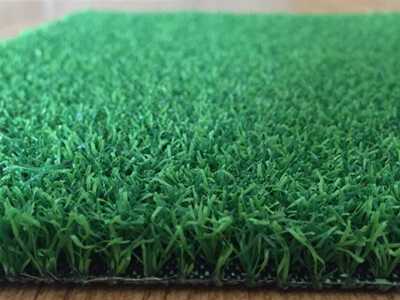Artificial turf manufacturing refers to the process of manufacturing simulation garries in indoor or outdoor venues through manual methods. This turf is usually used in sports venues such as football fields, football fields, golf courses, as well as leisure places such as roof and balcony.

The main materials made of artificial garries include polyethylene, polypropylene, polyvinyl chloride and other plastic particles, as well as auxiliary materials such as filling, paint, additives. During the manufacturing process, first mixing the plastic particles and other materials, and then processing the equipment such as the extruder, injection machine and other equipment into simulated turf.
Artificial garries have many advantages. First of all, it can be used under any climatic conditions. Whether in cold winter or hot summer, it can maintain consistent performance. Secondly, artificial garries do not require too much maintenance and maintenance, just clean and trim them regularly. In addition, artificial garries also have the advantages of environmental protection and energy saving, because it can be manufactured with recycling materials and can be reused.
However, there are some shortcomings in artificial garries. First of all, its cost is much higher than the natural garries, especially in the initial investment. Secondly, artificial garries may not be suitable for all types of sports venues, such as highly elastic basketball courts or tennis courts. In addition, the use of artificial garries is limited and needs to be replaced and maintained regularly.
In short, artificial turf manufacturing is a process of artificial manufacturing simulation garries, which has multiple advantages and disadvantages. When choosing to use artificial turf, you need to consider factors such as the use of the venue and budget.
